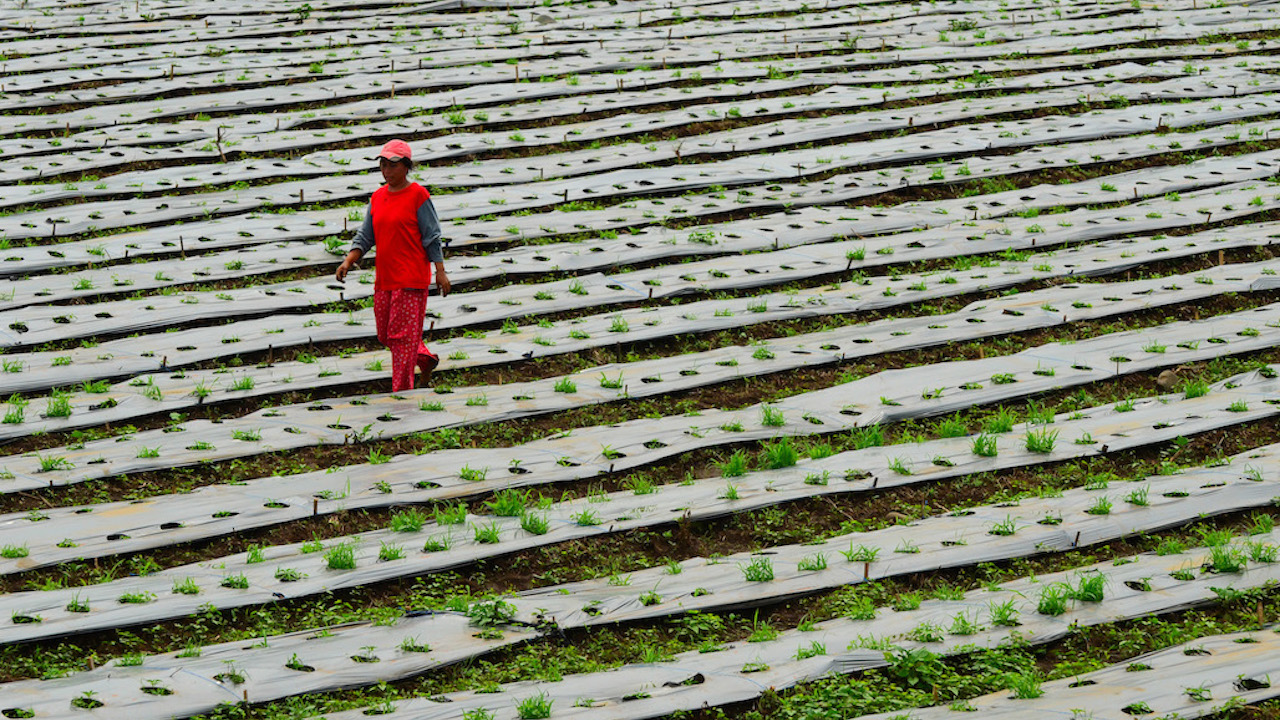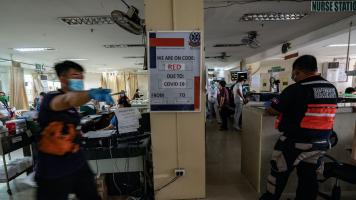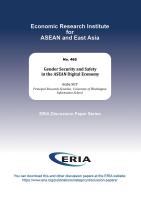
The average size of farms in the Philippines shrank to 0.9 hectare per family as of 2012 from almost 3 hectares in the 1980s. Photo credit: ADB
With farmers and fishers organized as a cluster, like a cooperative, they are expected to have greater access to financing, resources, technologies, and markets.
The Philippines is looking to follow the footsteps of countries like the Republic of Korea in helping small farmers and fishers lift themselves out of poverty by organizing them into cooperatives under a clustering program aimed at creating economies of scale and boosting incomes.
According to the Department of Agriculture, many countries have implemented farm and fishery clustering and consolidation schemes that led to increased production levels, higher incomes, and better access to resources, technologies, and markets. It cited programs like the Saemaul Undong (New Village Movement) in the Republic of Korea, Kibbutzim in Israel, Keizai Kosei Undo in Japan, and similar movements in Chile, the People’s Republic of China, Colombia, Finland, India, Indonesia, Malaysia, the Netherlands, Thailand, and Viet Nam, among others.
Addressing the plight of small farmers and fishers
In a 2020 administrative order establishing an agriculture clustering system in the Philippines, the Department of Agriculture noted the need to help small farmers and fishers through such program due to very high levels of poverty. It cited a Philippine Statistics Authority data that the country's farming and fishery sectors have posted 38%–40% poverty ratios as of 2015 as a vast majority of the country's 10 million farmers, fishers, and agricultural workers are still engaged in informal, traditional, and subsistence production.
It noted the average size of farms in the Philippines shrank to 0.9 hectare per family as of 2012 from almost 3 hectares in the 1980s. At the same time, many of the country's fishers remain tied to very small boats.
With the clustering system, the government seeks to address the key concerns of smallholder farmers and fishers, especially the outdated production practices and perennially low levels of productivity due to the sector’s lack of access to credit and capital, and to modern farming and fishery methods, farm mechanization, post-harvest and processing facilities, transport and logistics, packaging support, and information and communication technologies among others.
The Farm and Fisheries Consolidation and Clustering (F2C2) Program seeks to advance the interest and condition of small farmers and fishers by encouraging them to adopt the strategy of clustering and consolidation of their production, processing, and marketing activities as community business enterprises, including the pooling of assets, labor, and other resources. It is the first formal, comprehensive, and holistic government initiative to be implemented at the national level.
Learning from the Korea model
According to an Asian Development Bank (ADB) report, the Saemaul Undong movement was a community-driven development program in the Republic of Korea in the 1970s. It contributed to improved community well-being in rural communities through agricultural production, household income, village life, communal empowerment and regeneration, and women's participation.
The report noted the movement was successful in introducing mechanized farming among farmers. Farm machines were introduced in phases under the program, with simple farm machines such as motor vehicles, mechanized pumps, and sprayers among the first to be introduced before more complex farm machines such as sowers and transplanting machines, tractors, combines, and dryers. The number of motorized vehicles on farms increased to 212,469 in stage II of the movement from 56,007 in stage I. In 1979, the final year of stage III, the rural villagers owned a total of 628,724 motorized vehicles, or an average of 20 vehicles per village.
Given that two-thirds of the country’s farm households owned less than 1 ha of farmland each during the early 1970s, reaping economies of scale in production required that the costs of mechanized farming be shared by a number of households. As a result, only 10% of farmers owned farm machines, but 50% of them rented them. Sharing of farm machines was thus popular by the end of stage III, particularly in the case of machines only required for short periods, such as transplanting machines, combines, and dryers.
The report also cited the movement’s success in setting up collective farm estates, on which production of specialized agricultural items was possible through systematized production, processing, and distribution. From 1972 to 1976, the government formed 135 collective farm estates. A total of 750,000 rural households worked on these estates, which produced 29 specialty agricultural items. These included citrus produced on Jeju Island, peanuts produced in Yesan in the country’s southwestern region, hops grown in Pyongchang in the north-central region, mushrooms grown in North Gyeongsang province, and oysters farmed in Seocheon, South Chungcheong province. By the end of 1977, the annual average income of participants was 9.8% higher than the annual average income earned by nonparticipants.
Some of the specialty agricultural items produced by these estates, including citrus, oyster, and mushrooms, were exported, with remarkable growth rates in exports of citrus (1,800%) and mushrooms (1,000%) during 1972–1976. Such impressive rates of growth boosted the total value of exports of agricultural products to $328 million in 1971, a 255% increase over 1967.
These are just a few of the initiatives implemented as part of the movement. The ADB report credited the movement for rehabilitating village infrastructure and improving not just the overall living conditions in rural areas but also rural household incomes.
Mainstreaming clustering
In the Philippines, while the administrative order establishing the clustering scheme took effect on 8 August 2020 under the previous government, the program remains a priority under the current administration.
To mainstream the program, the Department of Agriculture is engaging the private sector. In July, it signed a memorandum of agreement with the Jollibee Group Foundation to advance the interest and condition of small farmers and fishers through agro-enterprise capacity building activities in line with the program. The foundation is the social development arm of restaurant chain Jollibee Group.
“Through this new partnership, we look forward to sustaining our efforts over the next 3 years, in co-creating and implementing an agro-enterprise training program that build on each other’s strengths and experiences, and complement the efforts of DA [Department of Agriculture] personnel, in helping farmer cooperatives and associations become profitable and successful,” said Ma. Gisela Tiongson, president, and executive director of Jollibee Group Foundation.
In March, the department organized a forum with the French government focusing on clustering, agri-finance and credit, and management, on-the-ground experience, and mechanization of cooperatives.
The Philippines hopes to learn from France’s experience in developing cooperatives. “We have a lot to learn on how the French empowered their farmers and fishers to form cooperatives that are now considered large institutions in France with significant voice in the sectoral development and strong presence that consistently attracts investors,” said Agricultural Attache to EU Kristine Jeanne Yap.
This article was first published by BIMP-EAGA on 5 October 2023.

BIMP-EAGA
The Brunei Darussalam–Indonesia–Malaysia–Philippines East ASEAN Growth Area, or BIMP-EAGA, is a cooperation initiative established in 1994 to spur development in remote and less developed areas in the four participating Southeast Asian countries.

